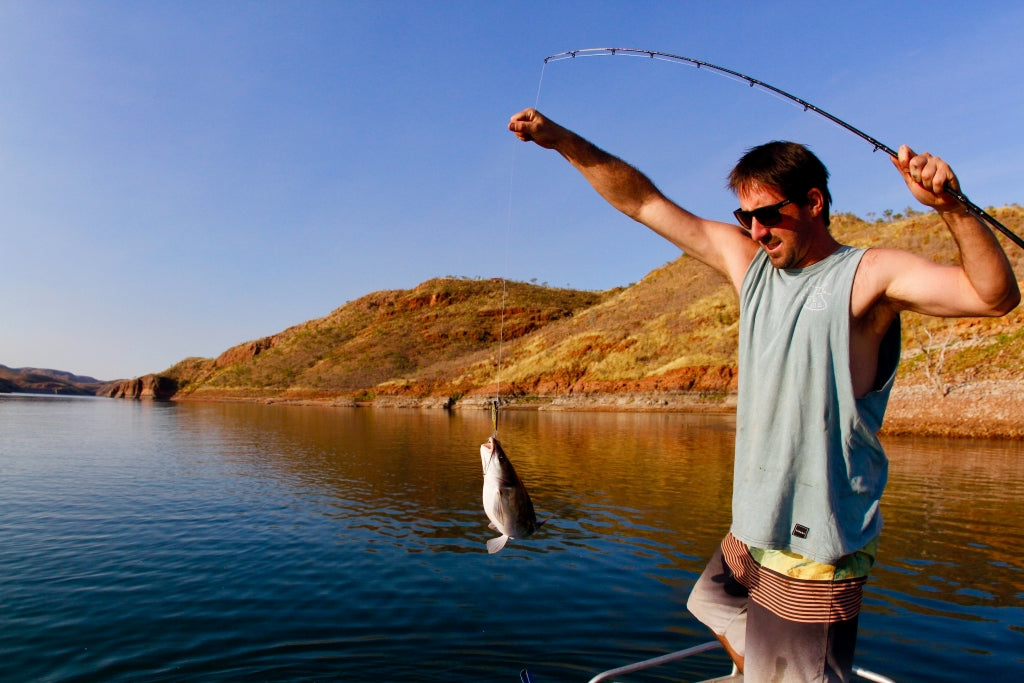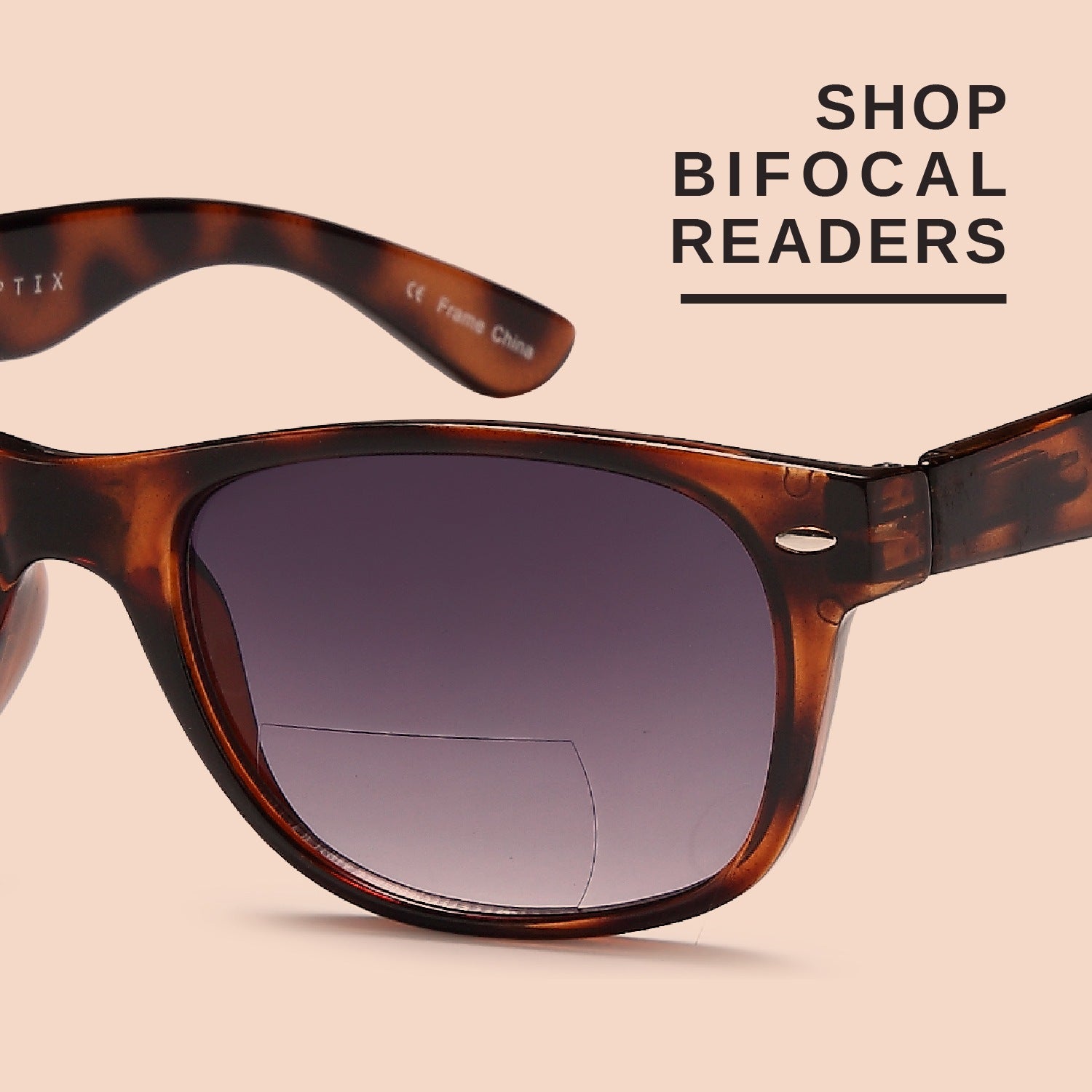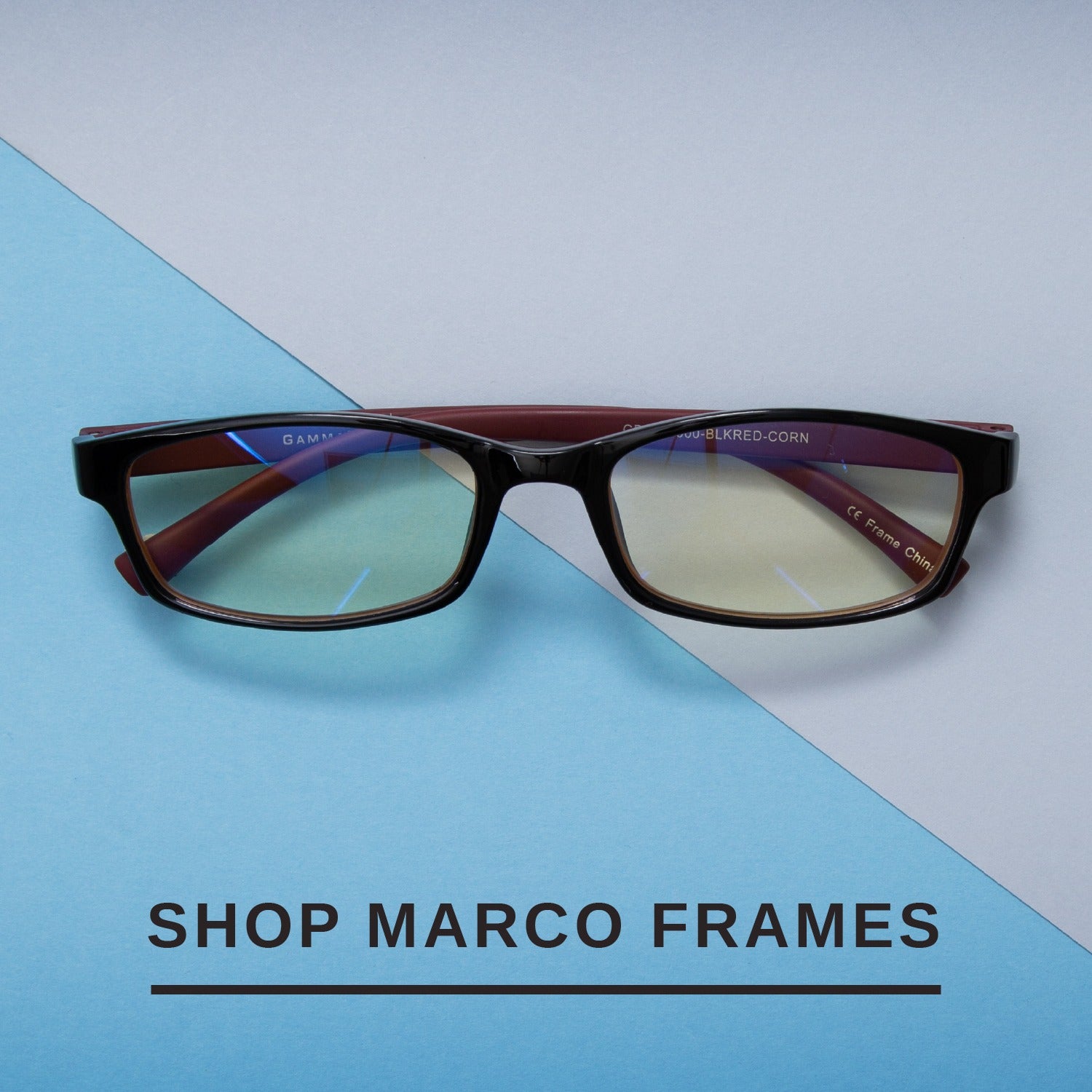
Anyone who is obsessed with fishing would do just about anything to increase their chances of a big catch. Along with the desire to bring home more fish than you could ever dream of, there’s also a real need to protect your eyes while you’re outdoors for long periods of time. Anglers who find it difficult to see in sunny conditions or those who simply want to catch more fish should consider wearing sunglasses anytime there’s a rod in their hands.
But with so many frames on the market, how do you know what to choose? Polarized fishing sunglasses are a popular option, however, do they make that much of a difference when it comes to visual clarity? What about bifocal sunglasses or non-polarized options? Don’t worry - we have the answer to all of these questions and more as we explore your options and uncover how to choose the right pair of polarized prescription fishing sunglasses for you!
Polarized Or Not?
There’s always a lot of talk surrounding polarized sunglasses, and when it comes to fishing, it’s wise to know their benefits! On a basic level, a pair of polarized lenses is created with multiple film layers that block glare when you’re outside. Whether the reflections are coming off of water, snow, or even your car windshield, polarized lenses filter that glare out and only allow helpful light to pass through to your eyes. While both polarized and non-polarized lenses assist with brightness due to their darker than normal tints, only polarization will address glare as they filter out light that comes from specific directions.
Understanding Lens Colors
Not all fishing sunglasses are made the same, even if they do happen to have polarized lenses in them. One look at the range of options out there and you’ll find that sunglasses come with an array of differently colored lenses, and believe it or not, they’re designed to be more than just a fashion statement. If you tend to be rather light-sensitive, a pair of polarized dark gray lenses will help to cut the most brightness and glare, allowing your eyes to relax during the sunniest of days. However, if you’re looking to increase the number of fish you catch, other options might be better.
Brown or amber lenses work to enhance green colors and also increase contrast, so if you’re fishing in an area that’s shallow, these sunglasses can help you to see the fish much better below the surface. Conversely, a rose-tinted lens actually works to decrease contrast, which can be better for some anglers depending on their conditions. Lighter colors like yellow are popular for those who head out in the early morning and want a bit of a tint while still being able to see in lower lighting conditions. Even rarer are red and even green lenses, which can be helpful in some situations but are primarily used for other types of sporting activities.

Where Do You Fish?
Aside from considering the most appealing lens colors available, take a moment to think about the conditions where you’ll be using your polarized prescription fishing sunglasses the most. Remember, fashion is a factor, but you shouldn’t select specific lenses based on aesthetics alone. As previously mentioned, those who freshwater fish in shallow areas will benefit the most from a brown or amber-tinted lens, literally allowing them to see the fish swim right by. Deep-sea fishing is another adventure altogether, and rather than trying to see below the water’s surface, maximum sun protection should be on your mind. In these situations, the darker the lens color you choose the better but make sure they aren’t so dark that you can’t safely see your surroundings.
Frames Matter, Too
By now it should be clear that not all fishing sunglasses are created equally, and while we’ve thoroughly addressed your lens options, there’s one more aspect to consider - your frames. Sunglasses typically tend to fall into two different categories when it comes to frame style: ones that are flatter across the front and take on a more fashion-forward look and those that are wrapped and look far more sporty. While either style will theoretically work well for those on the water, a wrapped version will provide far more benefits.
Sunglasses with a flatter front structure leave large open areas on the sides of your eyes, not only creating spots for glare to sneak through but also potentially leaving your eyes very dry if you have a long boat ride that’s required before you start to fish. Fashion style frames can certainly be comfortable but oftentimes aren’t built to withstand the sweat that can come from a long day in the sun and have a tendency to slip down over time. Instead, a sporty wrapped pair of polarized fishing sunglasses should fit snuggly and will stay in place for hours on end.
Your One Stop For Polarized Fishing Sunglasses
Whether you’re a serious angler who can be found on the water every weekend or you prefer to go fishing on a more casual basis, a quality pair of fishing sunglasses should always be on your face. Remember to look for ones that are polarized and keep in mind that a quality pair will include a scratch-resistant coating on the lenses. Some might even incorporate an anti-reflective option as well, thus helping to block glare even more than with polarization alone. Consider your prescription needs as well, because while a distance correction can be helpful, tying flies might be another story, making polarized bifocal fishing sunglasses the best choice.
No matter what your specific visual needs are, make sure to check out the selection of sunglasses from Gamma Ray Optix. We offer a wide range of frame styles, including wrapped sports frames, and give customers the option to select a lens color that’s right for them. Our frames are made from high-quality materials and will last through hours and hours of time on the water. We can’t guarantee that your fishing skills will automatically improve, but a good pair of sunglasses certainly won’t hurt!






